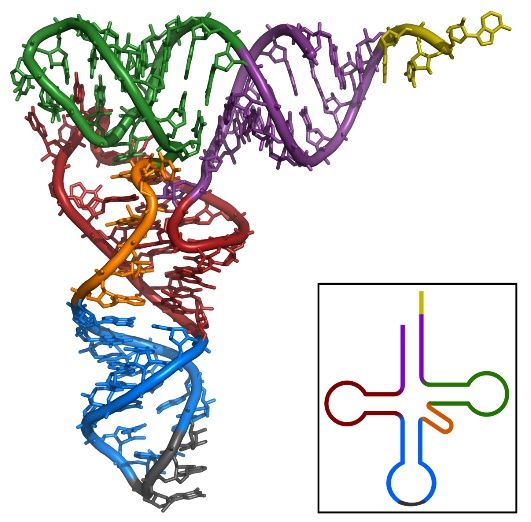-
 Epidemic
Epidemic
-
 Alluvial deposit
Alluvial deposit
-
 Oceanic crust
Oceanic crust
-
 Fluorescein
Fluorescein
-
 Umbriel
Umbriel
-
 Droplet plume
Droplet plume
-
 Episiotomy
Episiotomy
-
 Eccentric anomaly
Eccentric anomaly
-
 Action potential
Action potential
-
 Inhibition
Inhibition
-
 Macrophage
Macrophage
-
 Contact metamorphism
Contact metamorphism
-
 Corticosteroid
Corticosteroid
-
 Bioenergy
Bioenergy
-
 Allosteric enzyme
Allosteric enzyme
-
 Cave
Cave
-
 SHON
SHON
-
 Landsat
Landsat
-
 Apparent coordinates
Apparent coordinates
-
 H1 histamine antagonist antitussive
H1 histamine antagonist antitussive
-
 Erythroenzymopathy
Erythroenzymopathy
-
 Apomixis
Apomixis
-
 Andromeda galaxy
Andromeda galaxy
-
 Patella
Patella
-
 Chloroplast
Chloroplast
-
 Hour circle of a direction
Hour circle of a direction
-
 Dominant
Dominant
-
 Discovery
Discovery
-
 Capsule
Capsule
-
 Gravity Recovery and Climate Experiment
Gravity Recovery and Climate Experiment
RNA
RNA are molecules formed from assemblies of ribonucleotides, which have a very large number of function in the cell.
Structure of RNA
The RNA molecule is composed of a chain of ribonucleotides (adenine, cytosine, guanine, uracil) connected to each other by nucleotide bonds. Their order is dictated by the deoxyribonucleotide sequence in theDNA. RNA is obtained from the transcription of DNA by an enzyme (RNA polymerase) which essentially recopies its sequence.
Ribonucleotides differ from deoxynucleotides by the presence of an OH in the 2nd ribose, and also by the fact that thymine (T) is replaced by uracil (U).
Unlike DNA which is usually structured in a double helix, RNA can adopt very different conformations, closely linked to its function. Some RNA molecules are simple strand, stem-shaped loop (by pairing with complementary bases), clover-shaped (transfer RNA), etc.
Function of RNA
There are many families of RNA (rRNA, mRNA, tRNA, siRNA, miRNA, snRNA etc.), each of which has a specific structure or function:
- Messenger RNA (mRNA) acts as the matrix for protein synthesis ;
- ribosomal RNA (rRNA) is contained in ribosomes with ribosomal proteins ;
- transfer RNA (tRNA) carries amino acids and allows them to be incorporated into proteins ;
- interfering RNA (siRNA, miRNA etc.) regulates gene expression by targeting the degradation of specific messenger RNA or by inhibiting protein translation.
There are other families and new classes (snoRNA, ncRNA etc.) are regularly being discovered.
The RNA in some viruses (the tobacco mosaic virus, HIV etc.) forms the genome (whereas this function is fulfilled by DNA in the large majority of organisms).
 The tRNA are shaped like a clover leaf (in 2D) and an L (in 3D). © Yikrazuul, CC by-sa 3.0
The tRNA are shaped like a clover leaf (in 2D) and an L (in 3D). © Yikrazuul, CC by-sa 3.0
Latest
Fill out my online form.



